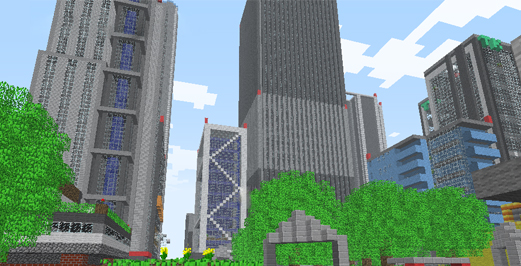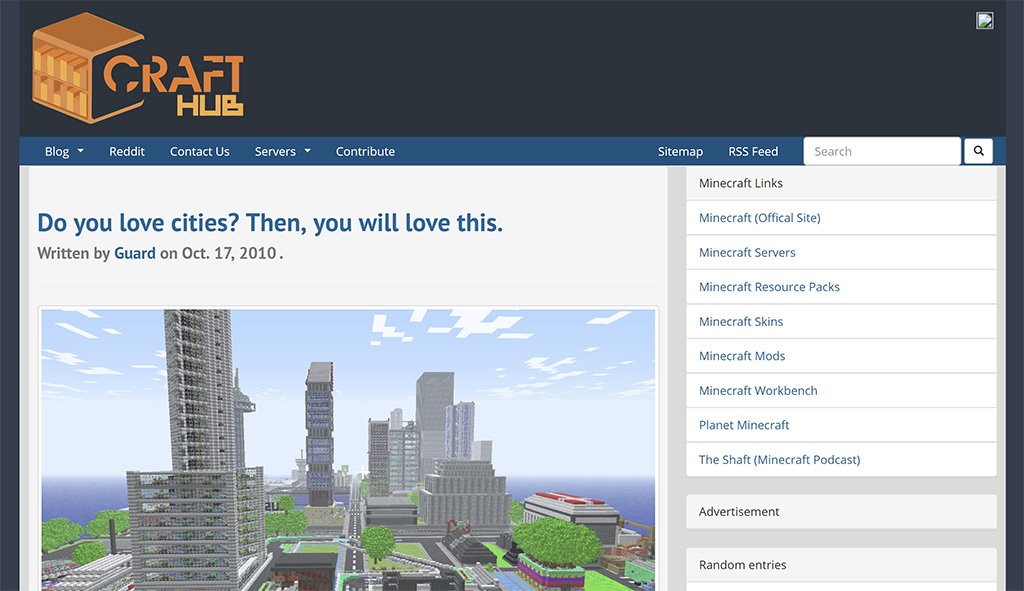Origin of PCB
Origin
Project City Build was founded on October 19th, 2010 as a Minecraft Classic server, the day after one of its founders _andy was banned from the Big Build For Fun server for no reason by a power-abusing staff member. It was at that moment when the brothers _andy and _specialk decided to create their own vision of how a Minecraft server should be run; a large active community with friendly staff, and a safe haven for players to build in.
Early History
Classic
In the following months, Project City Build grew to become one of the most active classic servers around. The server had a map that guests could build on named Flat-grass, while the main map was a world for building a city named Big City.
An emphasis was placed on building realistic-looking cities, and was featured on various Minecraft blogs and gaming websites.
This first iteration of the server saw the introduction of two new admins: Kyle8910 and TKPenalty.
Data Loss
In January 2011, PCB's service provider mysteriously lost all data and their offsite data.
Fortunately at the time, Fatso12321 was running a Fallback Server for the community, due to the classic server software being highly unstable and prone to long periods of downtime. He took over running the classic server while _andy and _specialk took a break from Minecraft.
On February 18th, 2011, _andy and _specialk returned with a brand new server. Running on Minecraft Beta 1.2_02, this server marked PCB's transition from classic to survival multiplayer.
Survival Multiplayer
For the first time, the server was a hybrid between survival mode and creative. Players had the resources if they wanted to build structures but also had the opportunity to play a true survival mode. A new version of Big City was built, with many of the classic server's buildings recreated. Notable towns included, Sandy Point, Paradise Falls, Forsyth and Milton.
On September 17th, 2011 in time for the Adventure Update, PCB split from two servers (classic, SMP) to three servers. The SMP server was moved to separate creative and survival servers to enhance the game-play experience. New towns were established in both servers. Big City 2 was also created, improving on the designs of the last two iterations.
On June 17th, 2012, the survival and creative servers were merged together to form a central Minecraft server[1]. Having undergone major hardware upgrades, the server was now capable of serving multiple maps and a larger number of simultaneous online players.



No Comments